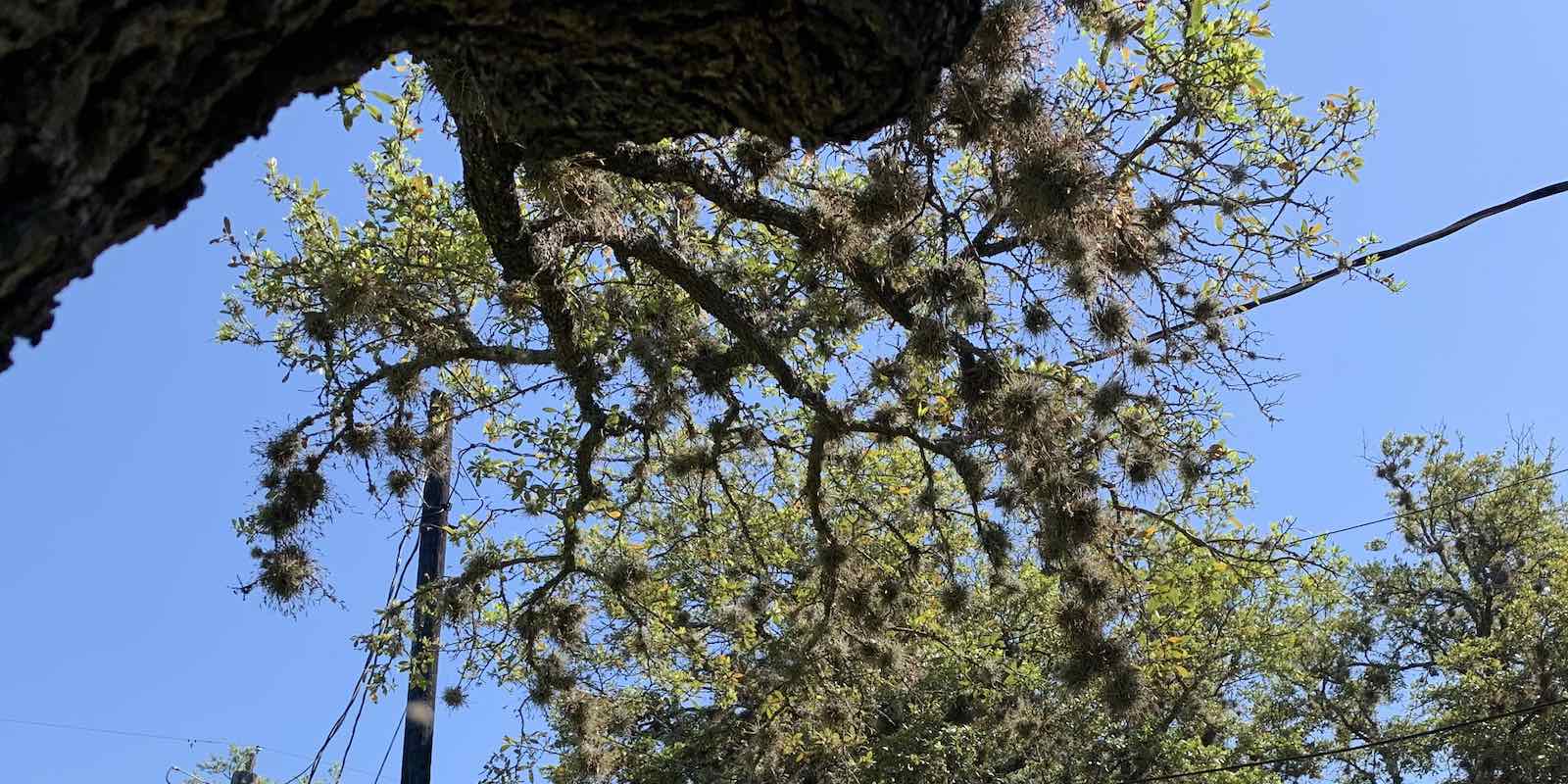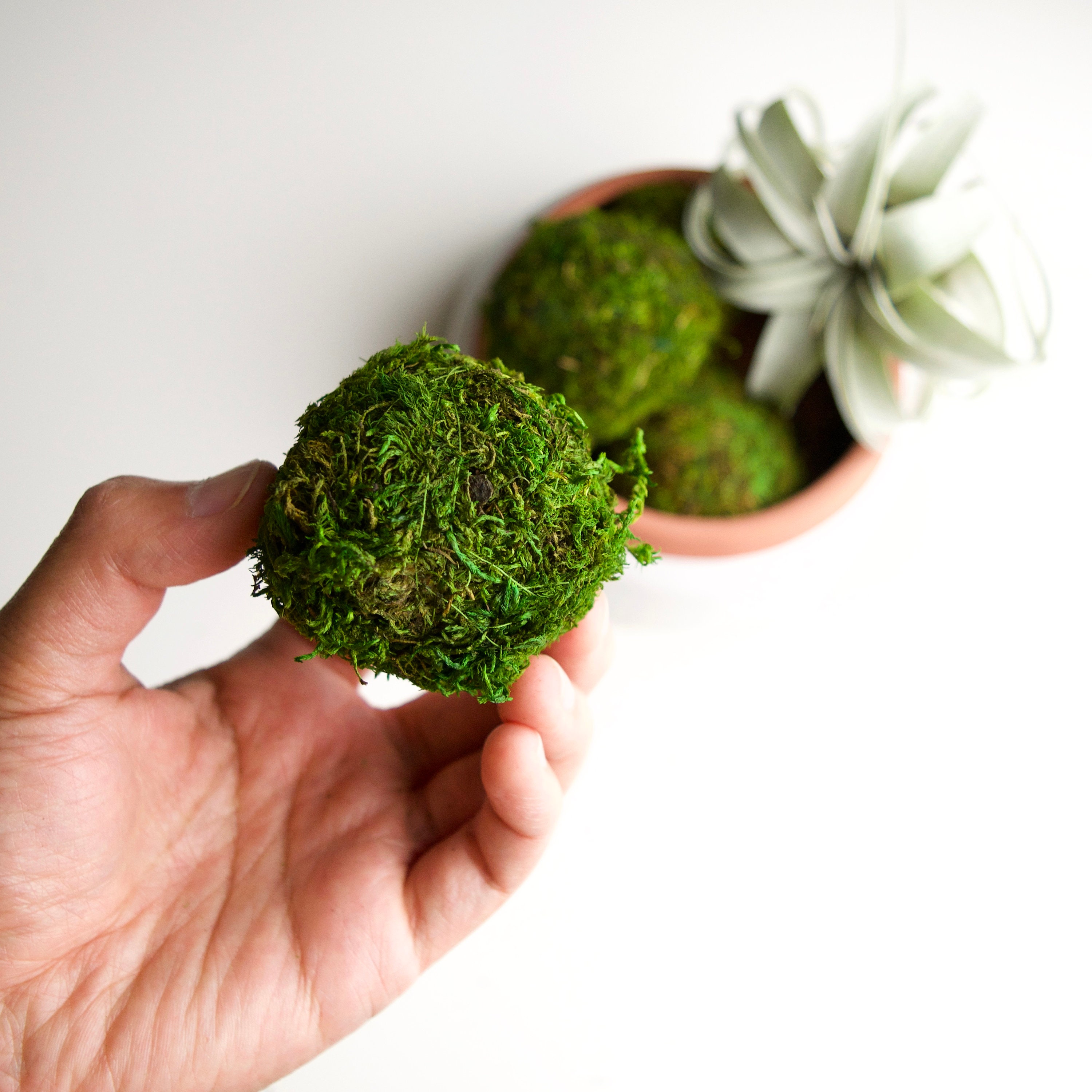
We are two long-time owners of moss balls and fish-keeping hobbyists, as well as aquarium geeks since College.

Our site is dedicated to the care and knowledge of marimo moss balls. We’ll continue to monitor the event and we’ll post updates here as we hear word from national/state authorities. We attempt to monitor for changes and ensure link integrity, but we may miss updates as this is an evolving situation. If the links don’t work for you or need updating, please let us know. If you have any questions regarding this, we urge to contact your local Department of Fish and Wildlife for advice. Until we receive word that this issue is controlled, future orders will remain suspended on our site. The FWS also has “quarantine” recommendations, which can be seen here: If you’ve purchased marimos recently (from ANYWHERE), we strongly encourage you to follow the disposal guidelines as outlined by the FWS: We are monitoring sources such as the FWS (US Fish and Wildlife Service) as the situation evolves. They also cause millions of dollars in damage to city infrastructure and ecosystem.īecause of this, ALL sales of marimos are suspended. They’re even smaller in the larval phase (veliger). They can be extremely difficult to see, as they range in size from an adult fingernail down to a sesame seed.

These mussels are highly invasive and have been found attached to marimos in recent reports.

The presence of zebra mussels hiding in marimo moss balls were discovered in early March 2021 (perhaps earlier) in the US. (Found something inaccurate or needs updating? Please let us know ASAP!) Zebra mussels and marimos We keep this guide up to date so you get the most accurate information on the web. Marimo moss balls make beautiful decorations for fish tanks.


 0 kommentar(er)
0 kommentar(er)
